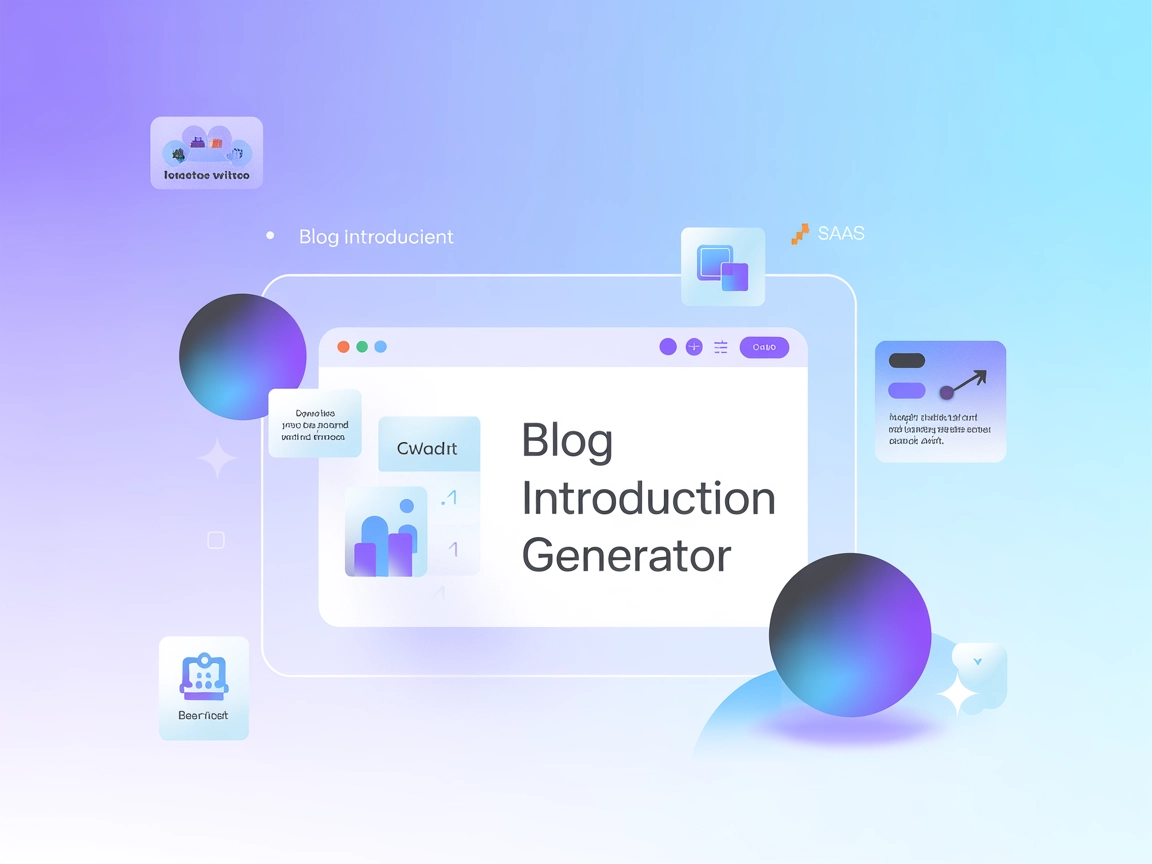
How to create professional Product blog using AI for Beginners
Create your own blog with AI and let the world know about your product.
Here we show you three simple steps to create an expert blog using AI in 10 minutes, with zero investment and maximum credibility.
Want to show that your business is trustworthy and competent? Start a blog. This guide shows you how to turn AI into your content strategist, SEO copywriter, and editor, so your brand stands out as credible, professional, and just a bit unstoppable.
Just follow these simple steps:
A smarter workflow for those who want expert-level results, with zero stress and no big investment.
Do you want to quickly try this without the needed effort for free? Use our Flowhunt tool for Blog Generation now.
All you need is:
Before you ask ChatGPT to write anything, decide what you want this blog post to achieve for your business.
Ask yourself:
Example goal:
Show up in Google for “inventory management tips” to attract mid-sized retail businesses who may want to use our software.
Don’t just say “Write a blog post about inventory.” Get specific so the result fits your goals, your audience, and your vibe.
Here’s a prompt template you can copy and tweak:
Act as a senior B2B content strategist. Write a blog post (1200–1500 words) for [audience] to help with [goal]. The topic is “[blog title or keyword]”. Use headings, short paragraphs, bullet points, and include examples or stats. Add relevant keywords like [keywords]. Suggest a title and meta description that will rank higher in Google search. End with a call to action (e.g., sign up, download a guide, request a demo).
Example prompt:
Act as a B2B content strategist. Write a 1500-word blog post for retail managers about “Top 7 Inventory Management Tips to Reduce Stockouts in 2025.” Include stats, quick examples, and keywords like “inventory control”, “reduce stockouts”, and “retail supply chain.” Suggest a meta description and SEO title. Finish with a call to download our inventory checklist.
Result:
This way, you’ll get a post that’s close to ready and already aligned with your brand.
Never just copy-paste. Review and fact-check anything the chatbot gives you. Use tools and follow-up prompts to make your article sharper, clearer, and way more trustworthy.
Try:
To go pro, edit with Grammarly or Hemingway for clarity and style.
Boost your SEO using Surfer SEO, Ahrefs, or LowFruits.
Add internal links, visuals, product screenshots, or expert quotes. Format for web so it’s actually readable.
Publish your expert-level article on your blog, LinkedIn, newsletter, or wherever your audience is lurking. Repurpose one good post across multiple channels and keep your content pipeline rolling—without needing a whole team.
Let’s look at the pros and cons of this method.
| PROS | CONS |
|---|---|
| Helps you create strategic, SEO-friendly content | Needs a detailed prompt to work well |
| Looks professional and trustworthy | You must check facts carefully |
| Saves 60–70% of your writing time | Takes a bit more time per post than quick content |
| Easy to reuse on other platforms |
AI-written blog posts don’t have to be generic or low quality. Add the right structure and editing, and ChatGPT becomes a writing superpower that saves you time and money.
Just follow this process:
Your expert-level post is done in under 10 minutes. Spend your extra time on strategy, clients, or just enjoying your Friday night.
Need more? Get inspired with our AI Blog Writing Template to streamline your content game.
We help companies like yours to develop smart chatbots, MCP Servers, AI tools or other types of AI automation to replace human in repetitive tasks in your organization.
Create your own blog with AI and let the world know about your product.
Use ChatGPT to translate content, check accuracy, and make sure the tone and meaning stay the same. No language degree needed!
Transform your content creation process with our AI-powered Blog Introduction Generator & Content Planner. Leveraging real-time research and intelligent content...



